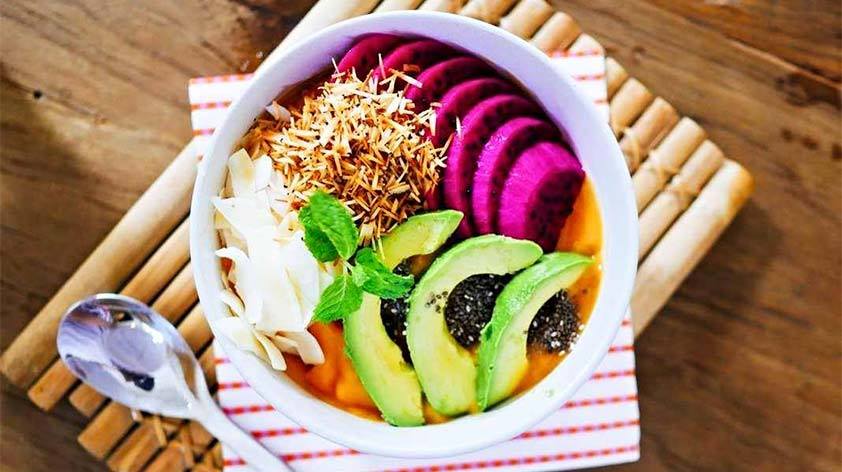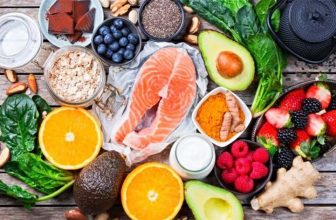
Getting a ‘balanced diet’ is something we all aim for, but what does it actually mean? Why is getting a balance of nutrients so important for our health? Carbohydrates, proteins and fats are all required to maintain a healthy body and an energetic lifestyle. This article will help you understand how to achieve a balance of macronutrients and micronutrients as well as ensuring your diet is delicious too, find out more in, Want a Balanced Diet? Eat the Rainbow!
The Best Approach to a Balanced Diet
Eating a balanced diet does not mean that you must include all 3 macronutrients in absolutely every meal. It would be very difficult to get the exact recommended (RDI- Reference Daily Intake) proportions in every plate we eat. The best approach to take is to ensure that you’re eating a variety of foods and sufficient quantities of all macronutrients over the course of a day, or even a week.
‘Reference Daily Intakes’ are Approximate Guides Only
The RDI is a general reference, but since we are all unique, we all have our own individual needs for different nutrients, vitamins and minerals. There is no point in trying to adhere exactly to the suggested numbers, as it is all so personal. Aim for approximately those amounts, but don’t restrict yourself to precise amounts.
On the contrary, not getting enough nutrients can result in undernourishment. It’s worth noticing that malnourishment can happen with an excess of calories too, it just means that you’re lacking certain types of nutrients. This lack can lead to tissue breakdown, a weakened immune system, fatigue and poor cell regeneration.
This means that your body will be prone to disease and illness, as well as take longer to recover. Lack of nutrients can trigger mental health issues, such as depression and anxiety, leaving your body feeling drained.
Eating a variety of colourful fruits and vegetables, dairy products, oily fish and 1-2 portions of meat will help you ensure that you are getting a good balance of nutrients in your diet. Vegetarian or vegan diets can also be perfectly balanced and healthy, but require a bit more nutritional awareness and preparation. Learn how to eat balanced when vegan. Also, check out Want to Go Vegan (by Rhiannon Lambert).
Macros & Micros
There are 3 main macronutrients (proteins, carbohydrates and fats), and numerous micronutrients (vitamins and minerals). So how do you know which foods contain what? And how do you pack a plate with the foods that will give your body the right fuel?
Are Calorie Counter Apps & Food Trackers Useful?
Well, if you want to be precise with your calculations, you can use applications and calculators to add up the content of nutrients in your foods (there are plenty available, such as MyFitnessPal). This approach has risks for mental health and may trigger overthinking and anxiety around food. None of the trackers are extremely accurate, as there is actually about a 25% variation in nutrients across the same food. Tracking is overall unnecessary, but sometimes doing it for a few days, can help you become more conscious of your current nutrient consumption.
Variety is Always Key to a Balanced Diet
The best and most sustainable thing to do is to focus your meals around colourful vegetables and fruit, including a variety of protein sources (fish, meat, poultry, plant proteins, beans and legumes) and slow-release carbohydrates throughout your day. Focus on foods that are packed with nutrients, but don’t forget to treat yourself! Treats are also part of a balanced diet – ‘food for the soul’, so to say. Diversity in the diet is what will help you find a balanced approach to eating.
Below are some great video examples of meals that a balanced diet could consist of. They all have a wide diversity of ingredients, include different proportions of nutrients, and are delicious and easy-to-make!
Breakfast Recipes
Lunch Recipes
Dinner Recipes
Snack ideas









